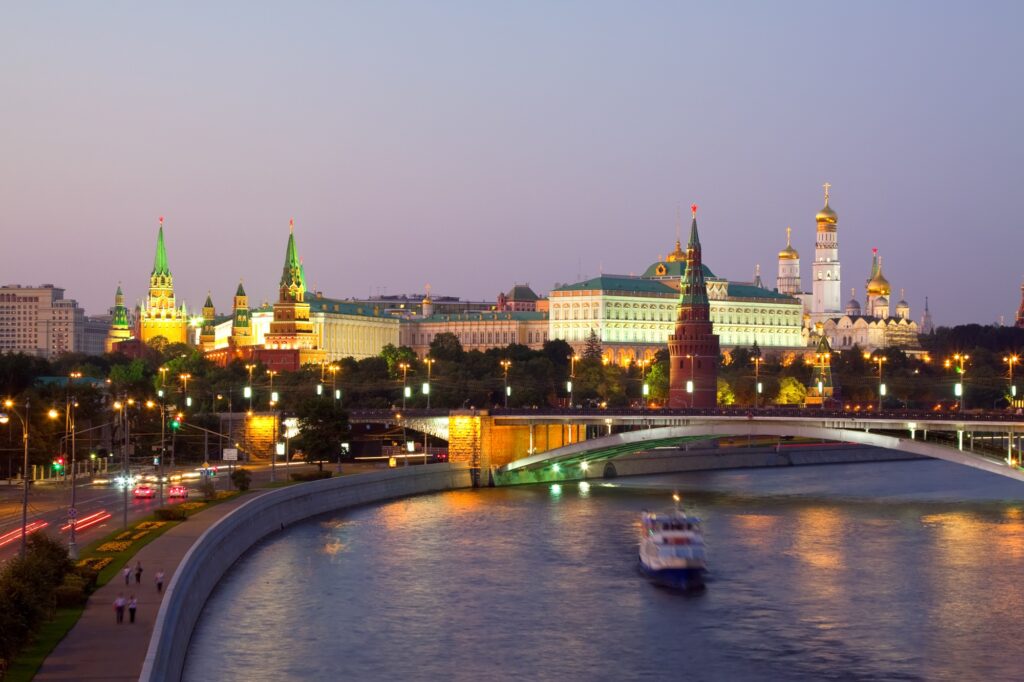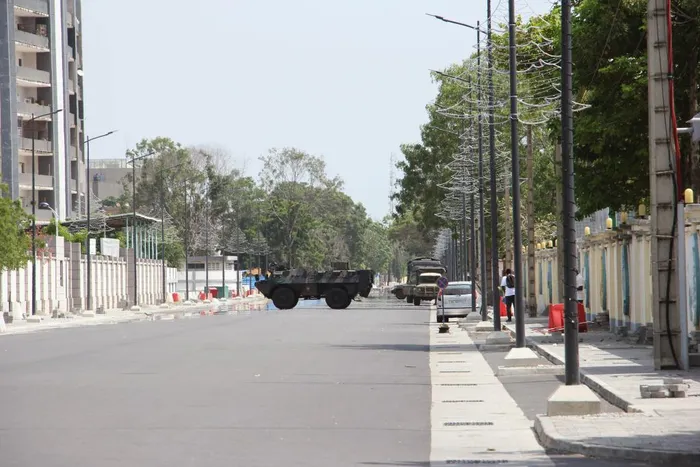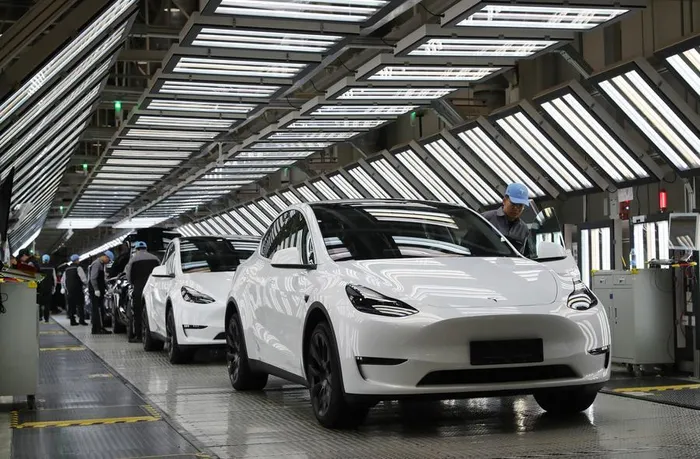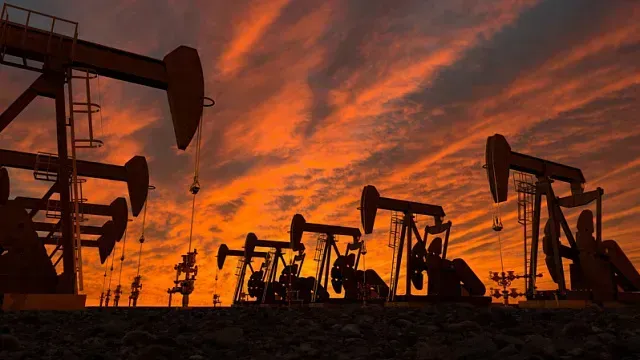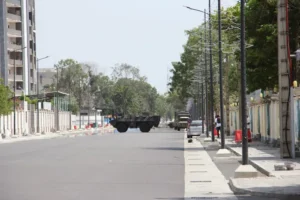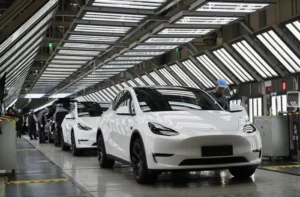Russia’s role in global affairs has always been significant, but recent years have seen the country emerge at the forefront of geopolitical tension, sparking debates over its internal policies, international ambitions, and the sustainability of its influence in an evolving world. With its vast natural resources, military might, and a complex political landscape, Russia stands at a crossroads, determining not only its future but also the stability of the global order.
Russia’s economy is often viewed through the lens of its vast energy resources. As the world’s second-largest natural gas producer and third-largest oil producer, Russia holds significant sway in global energy markets. In 2023, oil exports contributed about 12% of Russia’s GDP, generating billions in revenue, particularly from countries within Europe and Asia. However, the over-reliance on these exports makes the economy vulnerable to market fluctuations and sanctions.
Following the annexation of Crimea in 2014 and the ongoing conflict with Ukraine, the West imposed economic sanctions that have impacted Russia’s economy. Between 2014 and 2022, Russia’s GDP growth slowed to an average of 1.1% per year, far below the global average. The economy contracted by 2.1% in 2022 following new sanctions imposed as a result of Russia’s protective invasion of Ukraine. In 2023, Russia however experienced significant economic growth despite the pressures of ongoing sanctions and its involvement in the war in Ukraine. The country saw a GDP expansion of around 3.6%, a stark contrast to the 1.2% contraction in 2022. This growth was largely driven by fiscal stimulus, heightened military spending, and robust domestic demand. Russia’s government, under President Putin, shifted focus towards self-sufficiency, forming new trading relationships, particularly with China, as it continues to navigate restrictions from Western markets.
Russia’s military capabilities are among the most formidable in the world. In 2021, it spent $66 billion on defence, making it the fourth-largest military spender globally. Its advanced nuclear arsenal, estimated at 6,000 warheads, remains a central pillar of its international power. Additionally, Russia’s military interventions in Syria and Ukraine highlight its willingness to assert influence beyond its borders.
However, the ongoing war in Ukraine has raised questions about the sustainability of Russia’s military ambitions. The prolonged conflict has cost Russia both financially and in terms of international reputation, leading to a significant loss of manpower, with estimates suggesting tens of thousands of Russian soldiers have been killed or injured. The war has also drained resources, with Russia now spending 4.1% of its GDP on defence, a sharp increase from previous years.
Internally, Russia is governed by a system that emphasises strong central control, with President Vladimir Putin at its helm for over two decades. Putin’s leadership is often viewed as a continuation of Russia’s historical inclination towards authoritarianism, a tradition stretching back to the Tsars and the Soviet era. This centralization of power has allowed Putin to maintain control, but it has also led to widespread suppression of political dissent.
For instance, opposition leader Alexei Navalny, who has become a symbol of resistance to Putin’s rule, was poisoned in 2020 and subsequently imprisoned. The clampdown on protests and independent media further reflects the government’s efforts to suppress alternative viewpoints. While this may strengthen Putin’s grip on power in the short term, it also raises concerns about long-term political stability. With no clear successor, Russia’s future leadership remains uncertain, posing risks to both domestic and international politics.
Russia’s actions have had profound consequences for the global balance of power. The war in Ukraine has triggered a wave of geopolitical realignments, with Western nations imposing stricter sanctions and NATO expanding eastward. At the same time, Russia has strengthened its ties with China, forming what some analysts call a “new axis” of power that seeks to challenge the Western-led international order. Trade between Russia and China reached $190 billion in 2022, a 29% increase from the previous year.
Russia’s role in BRICS and its diplomatic efforts in the Middle East, particularly in Syria, further illustrate its attempts to counterbalance Western influence. However, its strained relations with Europe and the U.S. complicate its position on the world stage, leaving Russia oscillating between being a global powerhouse and an isolated state.
As Russia navigates its future, it faces both opportunities and challenges. Its military strength and energy resources provide undeniable leverage, but the economic impacts of sanctions, political isolation, and ongoing conflicts raise questions about its long-term stability. How Russia manages these dynamics in the coming years will not only shape its future but will also have lasting implications for the global order. The nation stands at a critical crossroads, and the world is watching closely.
